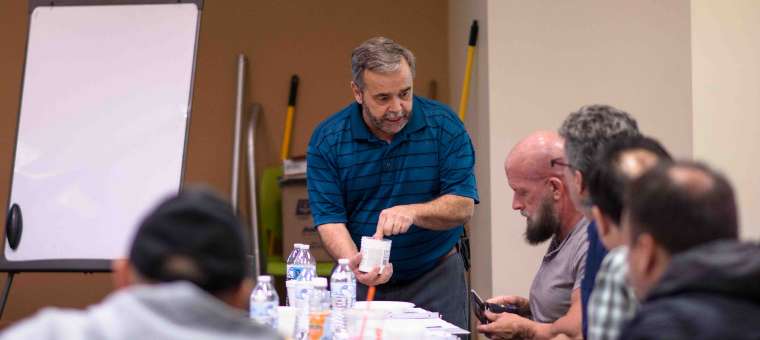Silverfish Insect Removal
Silverfish are the most common insect found in the home. They are a nuisance because they eat paper and fabrics, and get into cereal and other food. They remove paper in books and magazines, damage etchings and prints, eat bookbindings, and feed on glue and paste. They also feed on fabrics made from plant fibers such as linen, rayon, and cotton (especially starched).
Silverfish are found behind moldings, around rugs, carpets, water pipes, basements — anywhere there is warm and humid conditions. Ventilators and warm air ducts and crawlspaces, furnaces, and beneath kitchen or bathroom sinks are also very common places to find these bugs. Detecting damage caused by silverfish can be done by looking at bookbindings. They will show minute scrapings, irregular edging, or holes. Their feces are small and dark, but visible to the naked eye.
Non-Chemical Removal Method:
- Lower the relative humidity below 75 % will help. Silverfish flourish in RH of 75-97%.
- Control or eliminate moisture (leaking plumbing around laundry areas or around sinks.
- Reduce the potential sites of harborage. Simple caulking or patching areas may do. Do not leave open areas where they can hide.
- Remove all potential food supplies. Silverfish seek out starch, paper, organic debris, etc. Secure these materials in tight containers to cut off access.
Chemical Removal Method:
- Liquid – Apply Unsmoke Microban X-590 undiluted with a pump-up sprayer to all affected areas. This will provide 15-45 days of control.
- Dust – Apply one of the following dusts to dry areas that are affected: Boric acid, Diazinon, Bendiocarb, Sodium Fluoride, or Diatomaceous Earth. Dusts will have a shorter residual effect compared to the liquid removal method.
Warning: Always test material for colorfastness, follow label directions, and never mix product unless specified in the label directions. Each situation reacts differently and results may vary.



